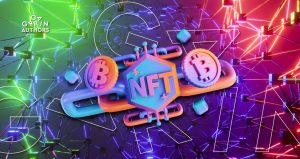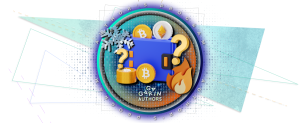Article by this author

What is Liquidity and How Does It Work in Crypto?
In the crypto realm, liquidity refers to how easily a token can be converted into another digital asset or cash without significantly impacting its price. Strong liquidity means that an asset can be quickly and effortlessly bought or sold. Poor liquidity, on the other hand, implies that buying or selling the asset might be slow or could result in a notable price loss.

How to Create Your Own Cryptocurrency?
The idea of creating a personal cryptocurrency has crossed the minds of many crypto enthusiasts. Where is the best place to start? There are several ways to produce tokens. This article outlines the fundamentals that will guide you on your journey.

What Are Decentralized Applications (DApps)?
Decentralized applications, or DApps, are digital programs anchored in smart contracts. These run on blockchain technology, unlike traditional apps which depend on centralized servers. While they look and function much like common mobile applications, their range of uses spans from gaming and finance to social networking, and beyond.

What Are the Different Layers of Blockchain Technology?
Blockchain technology is a remarkable combination of different technologies that work together seamlessly to ensure the smooth operation of a system. Mathematical calculations, cryptography, peer-to-peer networks, and verification protocols all work in harmony to support the blockchain’s operations.

Decoding Crypto Whitelists: Your Go-To Guide
A whitelist is a list created by project organizers to register and approve participants for a specific event, such as an airdrop, testnet, ICO, or any other promotional activity.

Mina Protocol (MINA): The World’s Lightest Blockchain (MINA)
The Mina Protocol – the privacy and security solution

What Is a Perpetual Swap Contract?
Perpetual swap contracts are cryptocurrency derivatives that allow traders to hold long or short positions with sufficient margin. Perpetual swaps also allow traders to open large trading positions with a small deposit.

A Guide to NFT Types and Characteristics
The multibillion-dollar NFT industry is rapidly expanding, and new ideas for utilizing NFT technology are constantly emerging.

What is zero-knowledge proof?
Zero-Knowledge Proof is a technology that allows you to verify the veracity of a piece of information without disclosing the information itself. Such technology is gradually gaining importance as a means of enhancing security and privacy in blockchain, cryptocurrencies, and DeFi.

NFT lending: a feature that combines NFTs and DeFi
The NFT market is not liquid enough, so more and more financial instruments combine NFT and DeFi.

How to create and sell NFTs. A step-by-step guide
Almost everyone has probably wondered how to create their own NFT or a collection of NFTs. Therefore, we have written a step-by-step guide on how and where you can create and sell your NFT.

Hot wallets vs. cold wallets.
Choosing the proper cryptocurrency storage will help keep your assets safe.

What’s CoinGecko and its ecosystem?
CoinGecko is the world’s largest independent cryptocurrency data aggregator.

The Central Bank of South Korea intends to supervise stablecoins
South Korea intends to monitor cryptocurrency after Terra USD crash

Polygon and Warner Music to release music NFTs
Polygon (Matic) has teamed up with Warner Music to launch the LGND music platform, which will enable users to play their digital records.

